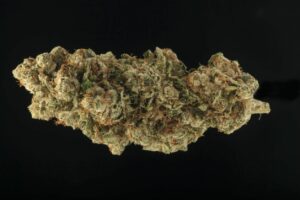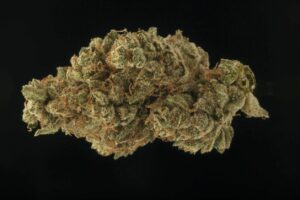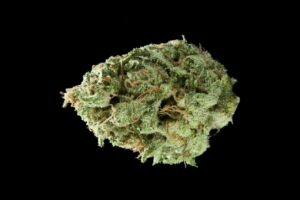New patients considering the benefits of medical marijuana may be
surprised to find out there is more than one species of cannabis
available. The genus cannabis consists of a number of subspecies, but
only a few are used for medical treatment. Two of the most common are
Cannabis sativaand Cannabis indica. Understanding the difference is
key to making an informed choice about your medication.
Cannabis Sativa
Like most types of marijuana, the main constituent of cannabis sativa is
tetrahydrocannabinol, or THC, although it includes a number of other
compounds such as cannabidiol, or CBD, which is known to help reduce
anxiety. One
study
indicates that the combination of THC and CBD found in the sativa
subspecies of cannabis can have an effect on the neural and symptomatic
response to fear.
The effect of cannabis sativa is more cerebral. The user feels energetic
with enhanced senses. It improves socialization skills and triggers
curiosity. The flavor varies from fruity to an earthy taste, depending
on the strain of the plant.
Cannabis Indica
Cannabis indica is a broad-leaf plant that offers a higher level of THC and less CBD than its
counterpart sativa. This can make it a good choice for pain relief.
Indica plants tend to be shorter and bushier, and the flowers wider and
more dense.
Indicia offers a broader body experience and less cerebral stimulation.
The user feels relaxed and laid back, especially if taken for chronic
pain. It counteracts the stress that comes with pain, producing
relaxation and calmness. In some cases, this herb promotes sleep. People
who use cannabis indicia are prone to deep intellectual thoughts.
The tastes ranges from pungent to sweet and fruity.
What are the Main Differences?
The crucial difference between these two varieties of medical marijuana
is the ratio of THC to CBD. Cannabis indica is known for its higher
ratio of the two
components. This gives indica strains a more calming effect than
varieties that have a low THC to CBD ratio.
Sativa, with its lower ratio of THC to CBD, produces a more vivid effect
that results in an increased energy level for the user. Indica, on the
other hand, is more sedative and soothing.
In general, the differences can be broken down thus:
- Sativa produces a more energetic effect, while indica is more
sedative. - Sativa offers a mental boost, so it is a good choice for disorders
such as depression and PTSD. - Indica is calming, so it can help manage pain, relieve nausea and
trigger sleepiness.
Different Strains and Hybrids
Within each subspecies, different strains exist as well. There are also
hybrid strains that contain a percentage of both indica and sativa buds.
Each strain offers a unique taste and effect, and new strains are
regularly being developed for specific medical uses. Here is a sampling
of just a few:
-
AK47 is a sativa dominant strain, but marketed as a hybrid. The
exact ratio is generally 65 percent sativa and 35 percent indica. It
produces a pungent skunky odor with just a hint of woodsy and spicy
smell. The user feels a strong cerebral reaction that starts
gradually and builds. The THC/CBD ratio is 21: .22. -
Blueberry: A hybrid strain. The mix will vary, but it is usually 80
percent indica and 20 percent sativa. It gets its name from the
fruity aroma and slight blueberry taste. This is a potent form that
can help manage depression and stress. -
Afghani: Grown both as pure indica and as a hybrid strain, Afghani
has a deep purple blush and a sweet flavor. Its calming effect makes
it a suitable choice for chronic pain sufferers. -
Northern Lights is a grade A hydro product that is sometimes called
Aurora B. This strain has deep green colas and with thick, generous
trichrome formations. The balance of saliva and indica subspecies
produces a cerebral and body effect. The smell is spicy and earthy.
The user will feel relaxed but without lazy or sleepy side effects.
Northern Lights is a good choice for stress relief, especially when
you want to stay active. -
The Girl Scout Cookies strain of medical marijuana is a sativa
dominant hybrid that is dark green with orange hairs and a little
sparkle. Despite the name, it does not smell like cookies. The odor
is somewhat minty, hence the name, with a touch of lemongrass. It
can be slightly skunky, as well. Girl Scout Cookies produces a range
of taste sensations. Users report experiencing cherry, chocolate,
lemongrass and mint. The heavy sativa blend produces a energetic
feel, making it a good choice to relieve depressant and other mood
disorders.
There are hundreds of strains available, each defined by the effect,
smell and taste of the plant. The availability varies by location and
provider. Picking the right one depends greatly on the desired effect,
as well as on personal taste and budget. The doctor may suggest a
particular strain based on your medical problem and overall health, but
patients can also find strains which they enjoy the effects of the most
with a similar ratio and hybridization.






